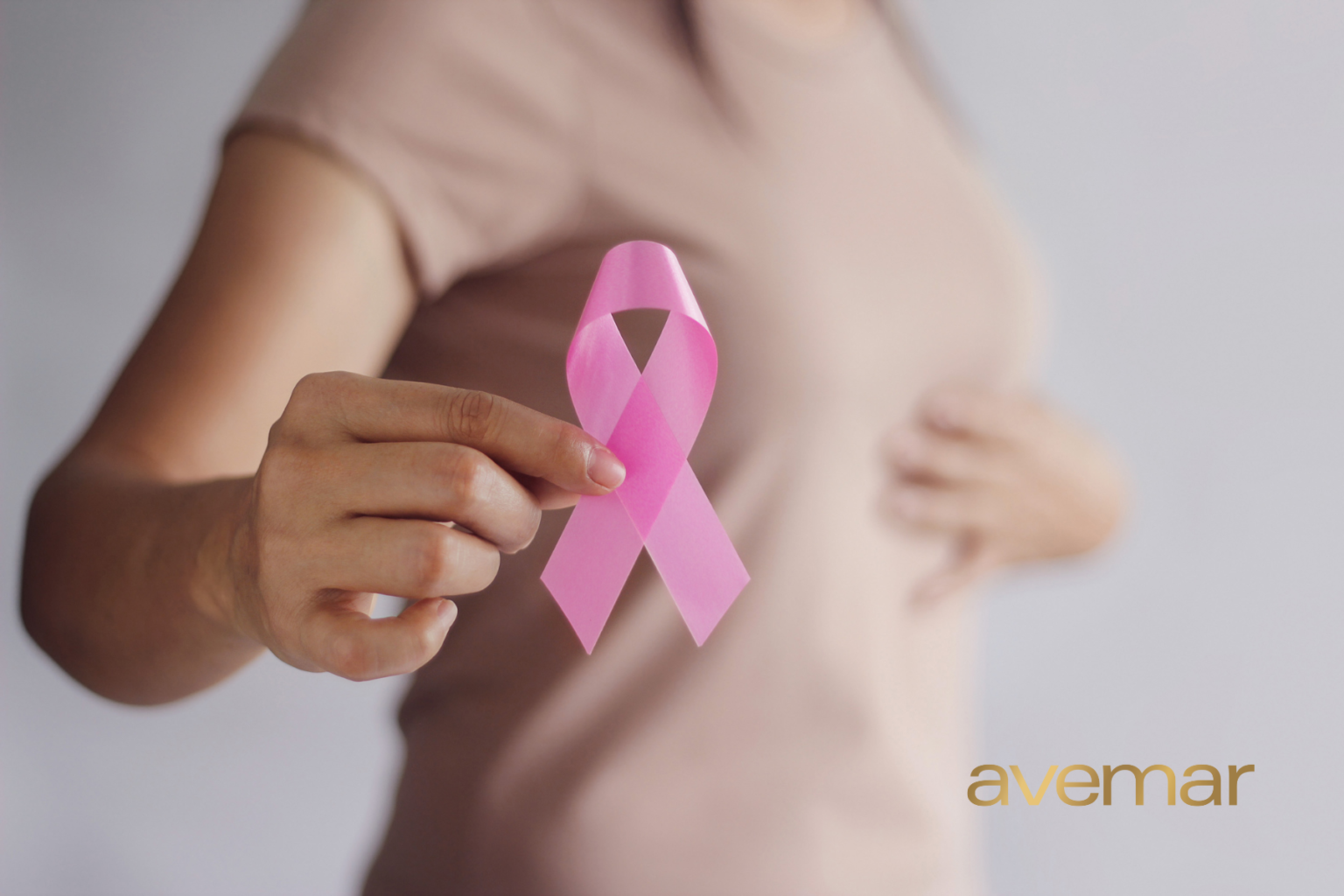Officially, areola tattooing is the restoration of the nipple and its areola. Several types of this procedure are possible.
We have already written about the importance of prevention and screening for breast cancer. Areola pigmentation, also known as nipple areola tattooing, is a type of medical tattooing that can be part of the rehabilitation after breast cancer. This procedure can help women who have recovered from breast cancer and have undergone a mastectomy, which puts a crown on the surgically reconstructed breast.
WHAT IS A MEDICAL TATTOO?
Medical tattooing is a procedure that can be used to soften the visible signs of congenital or acquired diseases, thereby improving the patient's quality of life. It is not a cure, nor even a treatment for the symptoms of the disease, but it can go a long way to alleviate the discomfort caused by the visible site of the disease.
WHAT HAPPENS DURING A MEDICAL TATTOO?
The colour and contour differences on the skin surface are pigmented to match the surrounding skin surface, thus optically softening the difference. Such a discrepancy can be the result of an accident, surgery or a disease.
The procedure was actually born out of make-up tattooing, so although it is called "medical tattooing", it is related to the field of cosmetology. The process is essentially the same as that of make-up tattooing, but the technique is different. Medical tattooing requires serious study, experience, the right equipment, precision instruments developed for the purpose, hygienic modules and tools, and a skin-friendly and reliable ink.
AREOLA (NIPPLE AND AREOLA) TATTOOING
Officially, areola tattooing is the restoration of the nipple and its areola. Several types of this procedure are possible. One is to correct the uneven pigmentation of the natural nipple with injectable dye.
In the other case, it may be the result of certain operations (breast augmentation, breast reduction), a cut around the natural nipple areola, which usually heals as a white scar. With medical tattooing, this scar, which is not the same colour as the skin, can be brought back into line with the surrounding skin colour and the altered, lost contour of the nipple's areola can be restored.
The third and most complicated type of procedure is the replacement of a completely missing nipple by medical pigmentation. Breast tumours can be an unfortunate consequence of a removed breast. The missing breast is replaced by an implant, but the removed nipple cannot be medically restored. For people with this condition, areola tattoos can be a huge help in regaining self-confidence and happiness about themselves and the world.
We asked Mónika Vámos, head of the PMU Clinic, who obtained her medical degree in pigmentation in the Netherlands in 2004, about the exact technique:
"The technique is actually similar for all areola tattoos: we don't usually work with long, unbroken lines, but rather with dots, using a natural-looking satin technique to create shape, contour and shading. In all cases, we use at least 3 or 4 different shades of colour that are as close as possible to the natural state. Whatever the type of medical tattoo, the procedure always starts with a personal consultation, an allergy test and a "diagnosis" based on the medical history taken, i.e. whether the procedure can be done, how many procedures are likely to give the desired result and how much it will cost."
Monika Vámos pointed out that since people affected by the disease have to undergo follow-up examinations (MRI, CT), it is essential to choose pigments that do not cause problems with radiation. It is an unfortunate fact that many pigments on the market contain iron oxide in excess of the maximum levels set by EU regulations and of insufficient purity, with particles carrying hidden nickel. This is also true for many make-up tattoo paints, but the risk is particularly high for body tattoo paints. As long as it is not exposed to radiation, there is no problem, but the magnetic resonance generated during testing can cause the iron oxide particles to heat up and then explode, releasing the nickel, which can cause severe allergies and poisoning in the body. So for our breast cancer patients, it is highly recommended to use iron oxide-free and safe pigments.

